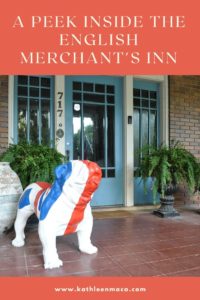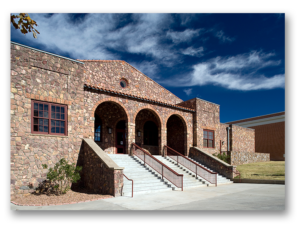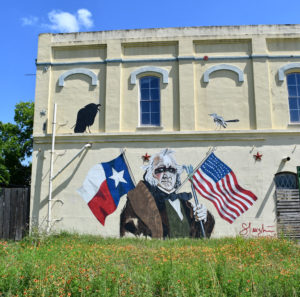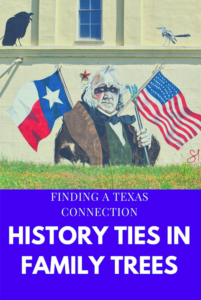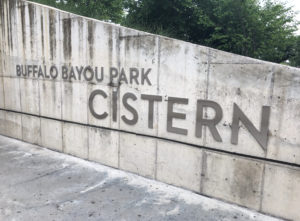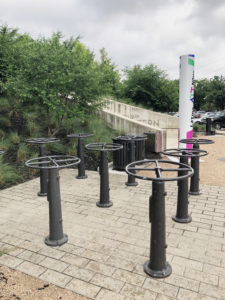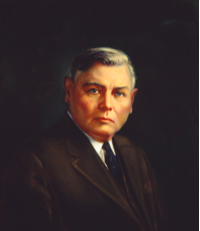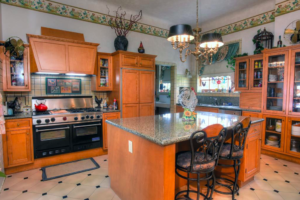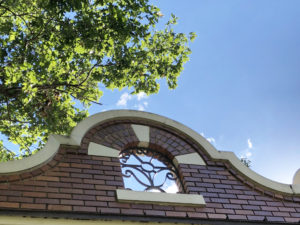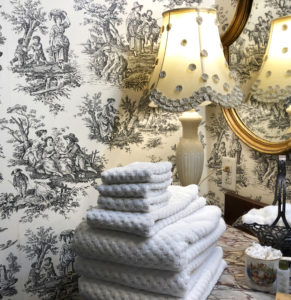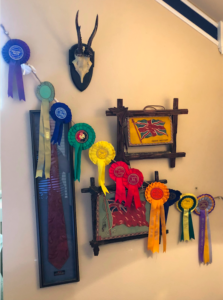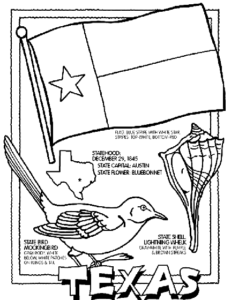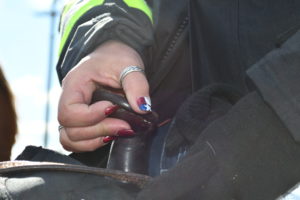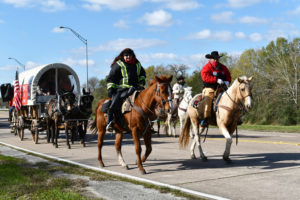A few miles south of Anahuac in the community of Double Bayou in Chambers County, aptly named for its location nestled between two bayous, a long narrow building sits beside moss draped oaks hinting at the much livelier days of the past.
Don’t let appearances fool you though, this place was once a hoppin’ joint!
 Double Bayou Dance Hall was built in the late 1920s using cedar logs as a dance floor, hog wire and wood for the walls topped by a tin roof. The tacks and staples that held tar paper covering can still be seen on the exterior wood.
Double Bayou Dance Hall was built in the late 1920s using cedar logs as a dance floor, hog wire and wood for the walls topped by a tin roof. The tacks and staples that held tar paper covering can still be seen on the exterior wood.
During Juneteenth in the 1920s and 30s, many revelers would come to the “The Place,” as it was known locally, all the way from Galveston. The celebration often lasted three days, but always ended in time for Sunday school and church.
A storm destroyed the original hall in 1941, but Manuel Tanzy Rivers (“Rivers”…appropriate name, don’t you think?) used the original materials to rebuild it just down the road in 1946 after returning from after World War II. The hall served as a gathering place for community events during the week, and a dance hall on the weekends.
The hall was on the ‘Chitlin’ Circuit’ for the next couple of decades. The circuit, which gained notoriety in an interview with Lou Rawls, was a group of performance venues in the South that were safe for African American musicians to perform during the Jim Crow era. Major acts on their way to Houston would often detour to play impromptu gigs at the famous hall.
The audiences at Double Bayou came from all different ethnic, cultural and economic backgrounds to share their love of music and the Texas Blues arriving by boat, automobile or on foot from local towns, Houston, Galveston and Austin.
Rivers’ nephew, blues guitarist Floyd “Pete” Mayes and his band the Texas Houserockers played their first professional gig at the Double Bayou Dance Hall in 1954, and soon became the house band playing there through the early 1960s.

Mayes took over the dance hall after his uncle passed away, and in later years hosted jazz, rhythm & blues and zydeco concerts there in between his performances around the nation. In the old days, zydeco was called “La-la’ and would often include an accordion and rub board (frottoir) or sometimes a fiddle and a rub board.
From 1955 until 2005 Mayes hosted a Christmas matinee that became a traditional excursion for many music loving Texans. Cowboys would smoke brisket on the lawn and local women offered homemade pecan, lemon meringue and sweet potato pies as music drifted out the doors and windows and into the surrounding trees.

Mayes and his band recorded a CD titled “Pete Mayes and the Texas Houserockers LIVE! At Double Bayou Dance Hal l in May 2003. Treat yourself, and listen to a snippet of one of the tunes HERE.
l in May 2003. Treat yourself, and listen to a snippet of one of the tunes HERE.
Mayes passed away in December 2008. Just three months earlier Hurricane Ike’s 20-foot storm surge washed over the Bolivar Peninsula and swept north, flooding the Double Bayou area. The storm broke walls and damaged the roof, but left the dance hall damaged but standing.
 Today the ruins stand behind a Texas State Historical Marker, with the falling roof and broken floorboards sheltering snakes and spiders rather than musicians.
Today the ruins stand behind a Texas State Historical Marker, with the falling roof and broken floorboards sheltering snakes and spiders rather than musicians.
The only music that echoes through the windows and doors these days is the wind and rustle of leaves.







